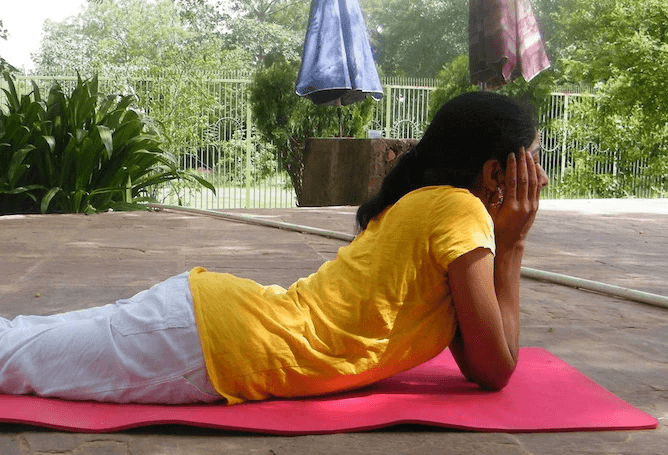Asana
Feb 28, 2022
The understanding of yoga today is limited to just asanas and pranayams. You might be surprised to know that asanas are only 1/8th of the complete science of Ashtang yoga, and asanas do not mean tying yourself in knots or jumping like a monkey. If that was the case acrobats would have been called as yogis. Our physical body is just a reflection – there are layers beyond it that can clearly be seen via clairvoyance. Yoga affects from the core to the periphery – asanas are no different. Toning your body and giving it a desirable shape is just by-product of yoga. The true purpose of asanas is explained in the Patanjali Yogsutras.
'Sthir Sukham Asanam' goes the sloka that is a posture in which you are sthir (still, without movement) and sukhi (at peace, comfortable). When a being can maintain an asana for long hours without any movement, then he/she is said to have mastered the physical body and remains unaffected by any kind of pain/physical discomfort .
The siddhi of asanas leads to strengthening of the body, increasing focus, concentration and stability to enable your body to eventually sit in dhyan as you progress on the path yog.
So precise is the science of asanas that not even a single asana puts strain on the 5th and 6th vertebra of the spine, effects of which can be damaging.
Confusing an asana as an exercise is a big mistake. Exercise works on the principle of increasing the metabolic rate of the body, asanas make it optimum. Former results in faster wear and tear of the body (ageing), asanas are the key to longevity and forever youth. It is a mistaken realisation that things change from the gross to the subtle, while in reality, changes in the physical are controlled through the subtle. Asanas not only train your body but they affect various states of consciousness, body and mind are just one level of awareness.
Asanas slow down your pulse rate and breath rate as was demonstrated effectively by Dhyan Foundation in an experiment in front of the medical fraternity. To quote Dr Balkrishna M Imamdar of Indian Medical Association, Mumbai "It was also a unique experience for us to actually see the pulse rate of one of the volunteers drop down by 15 counts during the course of doing strenuous asans at the end of 50 minutes. The pulse rate was taken before and after the Asians by Dr Pawar, eliminating any scope of doubt." The experiment shows complete control of the body.
In fact, each asana has a meaning and correlates with yoni/ chakra. Padmasana, for example, represents the yoni of a lotus and perfecting it helps the being imbibe the subtle qualities of the lotus and evolve through its yoni/dimension.
Sanatan Kriya takes into consideration all eight limbs of the Ashtanga Yoga and should be practised in its entirety for a journey beyond.
Click here to register for a workshop.




